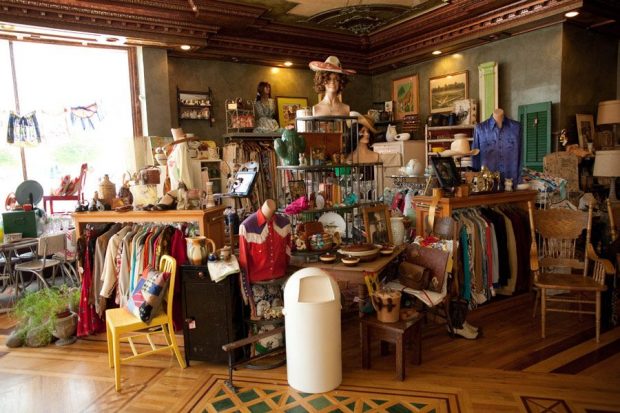Pollution is among the world’s major killers. It results from the contamination of land, water, and air, causing cancer, high mortality rates, birth defects, and other illnesses. A large part of this pollution results from industrial and manufacturing activities, including the textile industry. But with efforts from consumers, the situation can change. There is a notion that eco-friendly products are expensive and tasteless, but it all depends on the approach you use. You can engage in eco-shopping, without having to spend a fortune or changing your style.
What is Eco-Shopping?
Eco-shopping refers to the practice of purchasing products that reduce your carbon footprint. It means choosing a brand that has a minimum negative impact on the environment.
Environmentally-friendly products facilitate the conservation of natural resources such as water and energy while reducing pollution.
These products are non-toxic. Their raw materials are sustainably grown, the production process does not deplete the ecosystem, and the final product is biodegradable. They do not cause any harm to the environment in their production, usage, and disposal.
When eco-shopping, you need to pay attention to the material used on a garment. Avoid non-biodegradable fabric such as nylon and polyester. Check if it contains eco-friendly fiber such as Tencel and organic cotton. And look for an eco-label.
Can You Eco-Shop on a Budget Without Hurting Your Style?
There is a rising awareness of the impact unsustainable methods of production in the textile industry have on the environment. And this can only mean that consumers are paying keen attention to the manufacturing process of a brand’s line of clothes before making any purchase.
For this reason, ethical brands are entering the market, while existing companies are taking a turn for eco-friendly production.
With more eco-friendly brands, the prices are friendlier, and there is a wider variety of selection. Regardless of your style, you can always find an affordable, eco-friendly version of it. As a good rule of thumb, it’s smart to price check and look for promo codes or coupons before purchasing sustainable clothes.
3 Tips for Saving While Eco-Shopping
Here are a few tips to help you save some money as you eco-shop.

Buy Locally Made Clothes
Shipping packaging often ends up in the bin. With most of these packaging being non-biodegradable, it is toxic to the environment. You can play your part in conserving the environment by ordering locally produced clothes.
Locally made clothes are cheaper due to the reduced shipping costs. In case you get a wrong fitting, making alterations or getting a switch is easier rather than disposing of the item. You get to save some money, support local designers, and reduce environmental toxicity.
Only Buy What You Need – In One Trip
Impulse buying is a common problem today, and store owners use every tactic to encourage it. But it is not an environment-friendly habit, neither is it friendly to your pockets. Once the excitement wears out, most of these clothes end up in landfills.
Work with a budget and stick to it. List down everything you need and try to get it in one trip. It will save fuel and reduce the emissions your car releases. Fewer trips to the store also translate to less temptation to spend. When tempted to make an unplanned purchase, learn to wait until the next shopping trip. If you still need it, buy it. If the excitement has died, leave it.

Buy Secondhand
There is nothing wrong with buying secondhand clothes. Most are as good as new, and you are likely to find some unique and beautiful designs.
Shopping second hand is also an excellent choice due to significantly reduced prices. What’s more, you get to prevent the clothes from ending up in a landfill. You can satisfy your passion for shopping with the assurance that no new fibers, water, or energy, was used to create new clothes.
We can reduce the impact of the textile industry by making conscious and sustainable decisions. For every dress, shirt, or pants you buy, think of the effect its production had on the environment, and the impact it will have upon disposal.
You can make better choices without hurting your style or breaking your budget. Try buying secondhand clothes, avoid impulse buying, and stick to local brands. Practice these tips, and you will be the reason the environment is better.
Read More:
Your complete guide to sustainable gifts for women
4 money lessons every woman should know
Three unique shopping experiences to take in on your travels
Your best guide to second hand shopping

